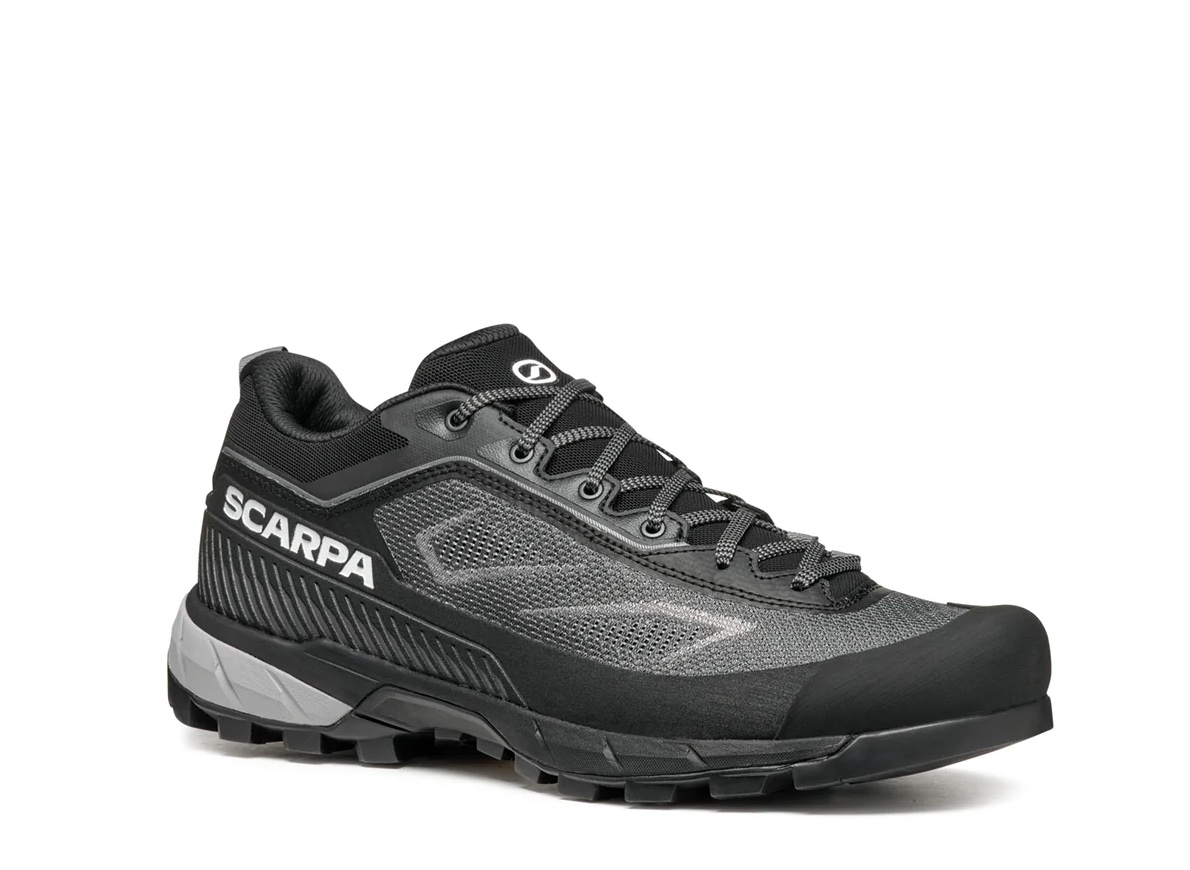It’s that magical time of year again when the high country holds just enough snow to create a mystical contrast to the rich green valleys and sparkling wildflowers below. When granite walls peel back their foreboding ice and imposing cold and invite us to embrace the challenge and puzzle solving of moving over stone up multiple pitches basking in the warmth of summer and the reward of a cold plunge in the river dancing along the base of the peak.
Approaching backcountry peaks and climbs often entails a high price of entry. Long hard hours slogging heavy loads puts a huge demand on our feet. Choosing the right shoe for the task is not easy. The balance of wanting a “light” shoe to carry up a 10-pitch route but be stable and comfortable enough to go 18 miles with a big pack is no simple task. More importantly, many approaches entail endless, tedious, talus hopping and slick slab walking to get to the base of routes, let alone sun cupped snow that requires micro spikes. Sticky rubber and the right outsole tread are critical to avoiding the dreaded ankle roll or slippery slide to injury.
We set out to test an array of women’s approach shoes to give you a sense of their pros and cons and help you decide what works best for your summer adventures. While fit is likely the most critical aspect of finding a good shoe that will go the distance, we found that the next most important feature for talus hopping was the outsole, both its tread and how sticky its rubber is. Weight vs. stability and breathability took a backseat to fit and outsole function. Of course, color and style still affect our choices.
It amazed our testers that companies promote women’s lasts and specific fits, yet the most common differences of the average women’s foot shape are a wider forefoot and narrow heel. Unfortunately, some of the women’s specific shoes we tested missed the boat on fit. Finally, after all our testing, we found almost all the new approach shoes to be similar in the rubber and tread they used. All the new models use a hiking lug tread on the outsole and while this is great for trails, they lack the one feature critical to climbing approaches: a sticky dot rubber outsole that will instill confidence on steep slabs going up or down. Thankfully, an old standby, La Sportiva’s TX3, continues to use dot rubber.

La Sportiva
TX4 EVO ST
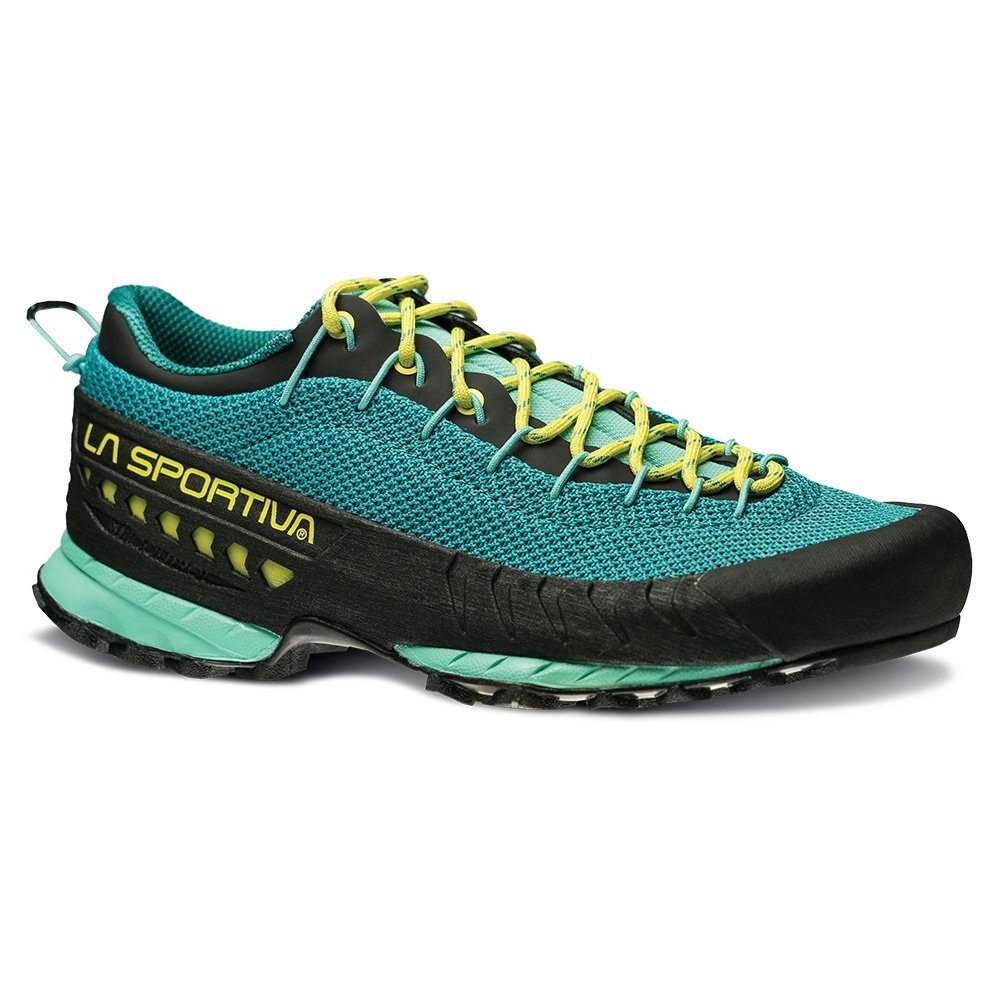
La Sportiva
TX3
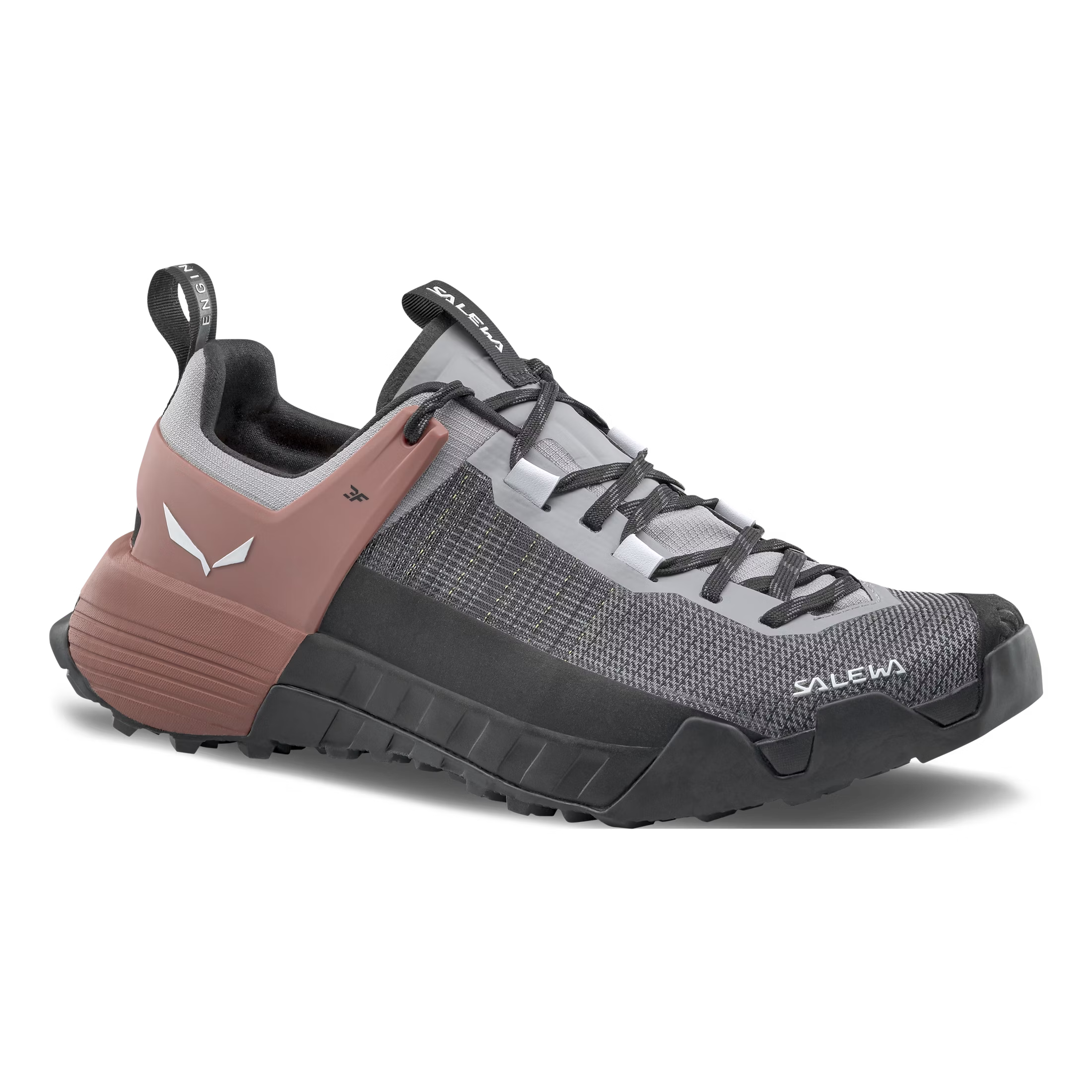
Salewa
Wildfire NXT
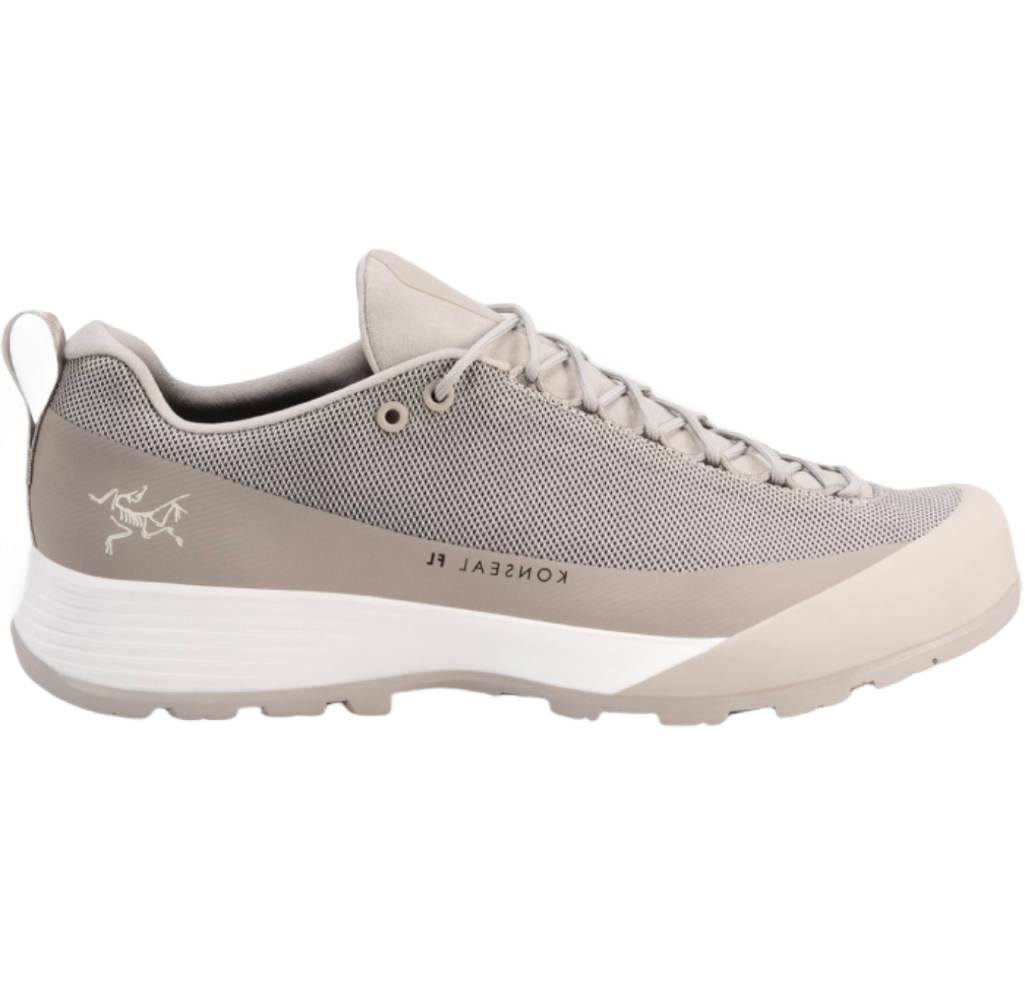
Arc’teryx
Konseal FL2
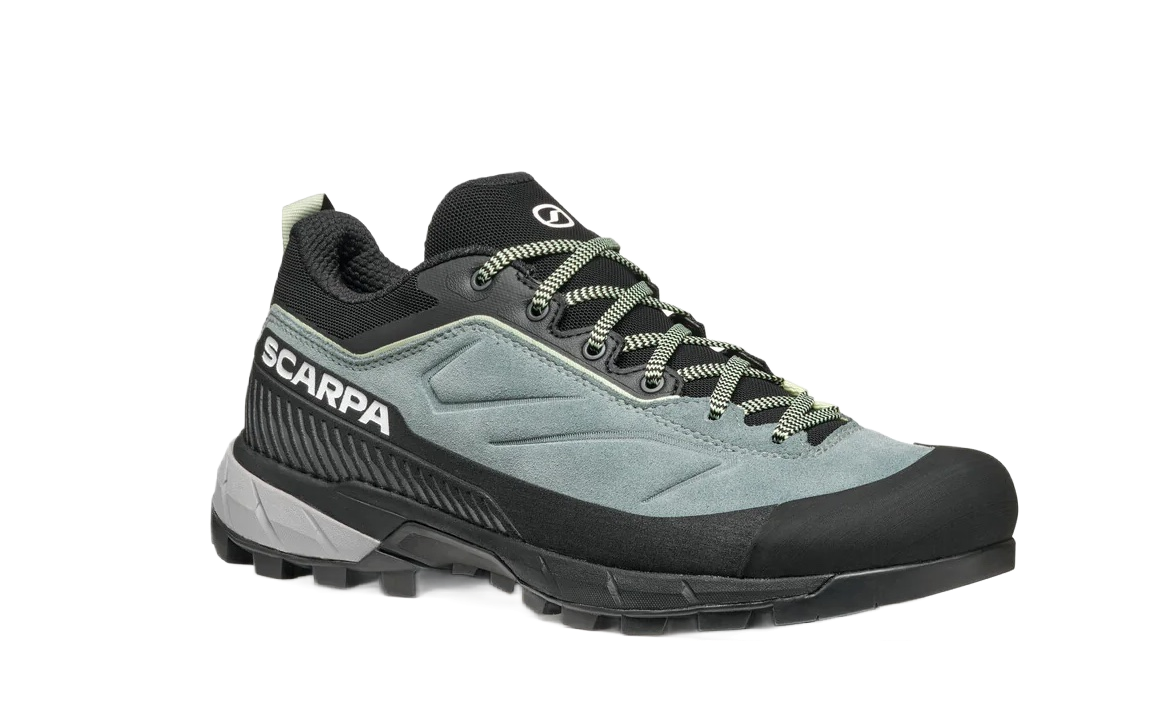
SCarpa
Scarpa Rapid XT
